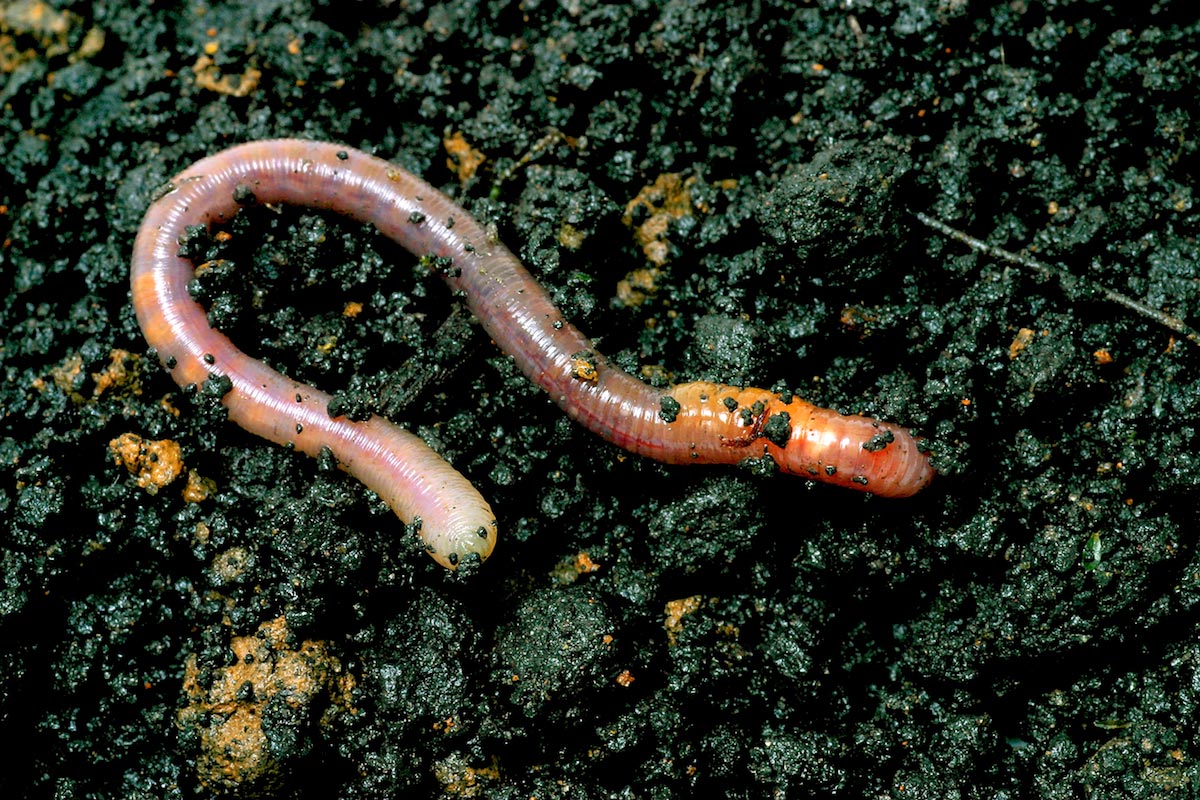Hiding in plain sight: Peacocks’ brightly colored feathers could be camouflage that hides them from predators, suggests study
08/27/2019 / By Edsel Cook

The words “peacock” and “camouflage” are generally considered opposites. But Pennsylvania-based researchers now argue that the vivid colors of the flightless bird conceal it from predatory mammals.
To the human eye, the tail feathers of the male peacock stand out like a visual sore thumb. However, it so happens that the retina of the human eye possesses three different types of color receptors that can detect those colors, allowing humans to distinguish the bird from its duller surroundings.
Peacocks and other birds have four types of receptors, which means they are tetrachromatic. The eyes of big cats and other natural predators of the peacock, on the other hand, contain only two types of visual receptors, making them dichromatic.
“Feathers perceived by humans to be vividly colorful are often presumed to be equally conspicuous to other mammals, and thus to present an enhanced predation risk,” explained Haverford University researcher Suzanne Amador Kane, the lead author of the study. “However, many mammals that prey on adult birds have dichromatic visual systems with only two types of color-sensitive visual receptors (one sensitive to ultraviolet light), rather than the three characteristics of humans and four of most birds.” (Related: Could hibernating animals help us treat Alzheimer’s? Scientists say yes.)
Peacocks catch the eyes of humans and other birds, but not predators
The significant differences between the color receptors in human and peacock eyes and those in the eyes of predatory animals led Kane and her colleagues to propose that the tail feathers of a male peacock announce its presence to females of its kind without revealing its position to predators. They decided to put their theory to the test and determine if predators were able to detect peacock tails.
The Haverford researchers leveraged multi-spectral imaging and reflectance spectroscopy to simulate the eyes of humans, peacocks, and predatory animals like tigers and feral dogs. They evaluated the brightness, color, and texture of peacock feathers against a green background that represented the natural environment of the animal and its predators.
In a scientific paper published in the research journal PLoS ONE, they reported that birds could spot the peacock’s tail with ease. In contrast, the predators could barely see the feathers.
“When viewed by tetrachromatic birds against a background of green vegetation, most of the feathers studied had color and brightness contrasts similar to values previously found for ripe fruit,” Kane explained in detail. “By contrast, when viewed by dichromat mammalian predators, the color and brightness contrasts of these feathers were only weakly detectable and often did not reach detection thresholds for typical viewing distances.”
The rustling of peacock feathers is barely within the range of human hearing
On a different scientific note, peacocks make surprisingly little noise when they rustle their fully spread tails. The material and structure of their feathers gave them a low harmonic frequency.
The harmonic frequency is the natural speed at which an object vibrates if it is not forced to stay still. The smaller the item, the higher the frequencies it can hit. Small objects can vibrate faster and produce noises at higher pitches, explaining why a tiny bicycle bell sounds very different than the large ones suspended in bell towers.
The tail feathers of the peacock are not just vibrantly colored. Their harmonic frequency is lower than the lowest string on a bass guitar. The sound they make is barely within the lower limit of human hearing, which is 20 Hertz.
Furthermore, paying close attention to the feathers when they are moving will reveal that individual sections stay still. Meanwhile, the parts between these “nodes” vibrate at higher speeds, making for an interesting visual contrast.
Visit WeirdScience.news for more fascinating studies and stories on animal adaptation methods.
Sources include:
Tagged Under: adaptation, animal behavior, animals, birds, breakthrough, camouflage, cool science, discoveries, Evolution, peacock feathers, predators, weird science, wild animals, wildlife
RECENT NEWS & ARTICLES
COPYRIGHT © 2017 DISCOVERIES NEWS


















